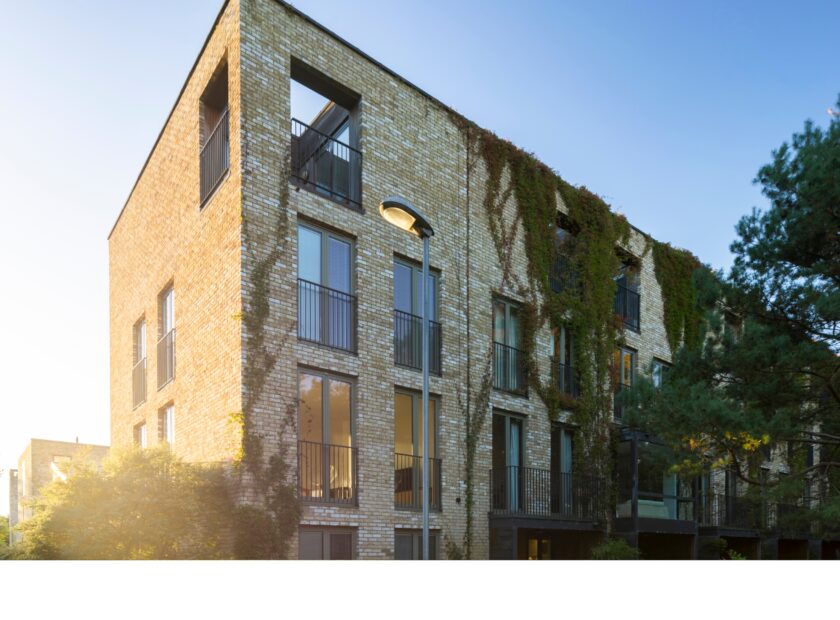The TCPA New Communities Group’s first in person site visit since 2019 recently took place in Cranbrook, East Devon. The Group consists of 29 local authorities from across England, who are planning and delivering large-scale new communities. Members benefit from sharing learning and experience on a wide range of topics.
Cranbrook is a new community with a long history. The initial concept was formed in 1991 with the first review consultation held in 1995. The vision for the development was for a sustainable, vibrant and attractive town of 4000 homes, 6 miles east of Exeter and strategically placed next to a railway line. It is a commercially driven model with no public controlled land. In 2006 it was adopted into the East Devon Local Plan to 2016, and recently planned further development and extensions to Cranbrook were included in 2016 to the current East Devon Local Plan to 2031.
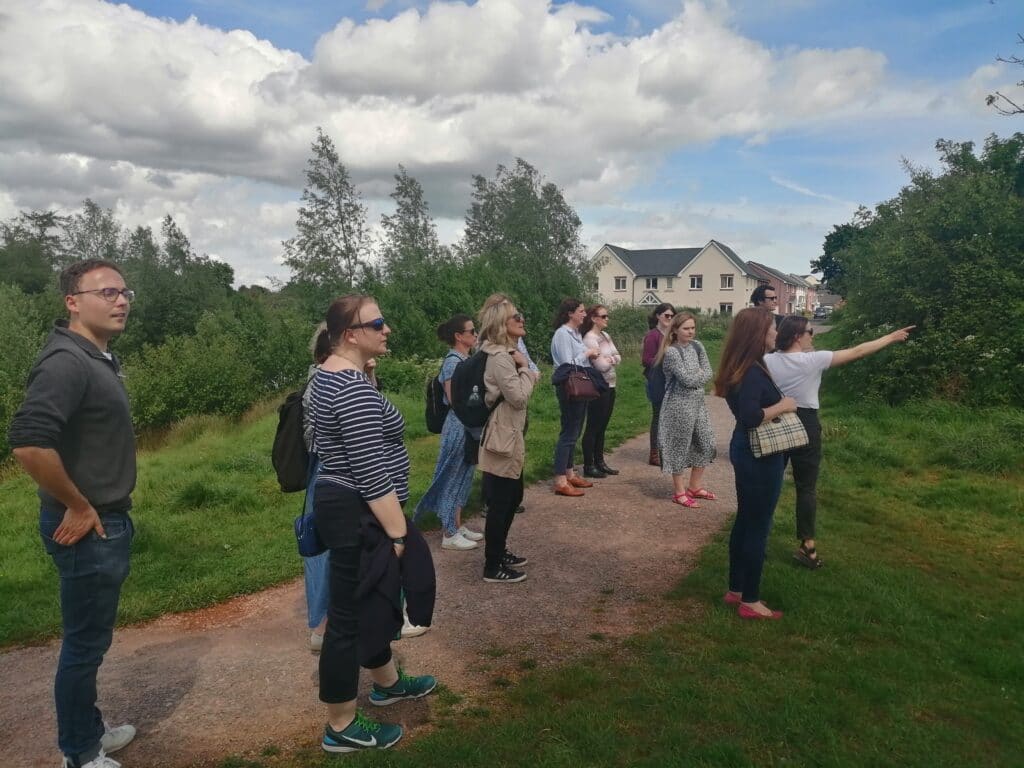
As part of the trip, we heard from planners at East Devon Council who reflected on the lessons of Cranbrook; they explained the trials of political opposition early on, viability conflicts, DPD processes and securing the development of the town centre, whilst emphasising the importance of managing the incoming resident’s expectations. For Cranbrook, a big issue was that a town centre was promised by developers and advertised as ‘Coming Soon’ when the first houses were being sold, however due to disputes over viability, land ownership and land use, still today there remains a vacant site where the town centre is planned to be. However, with the council having to step in and buy some of the land, construction is due to start this year.
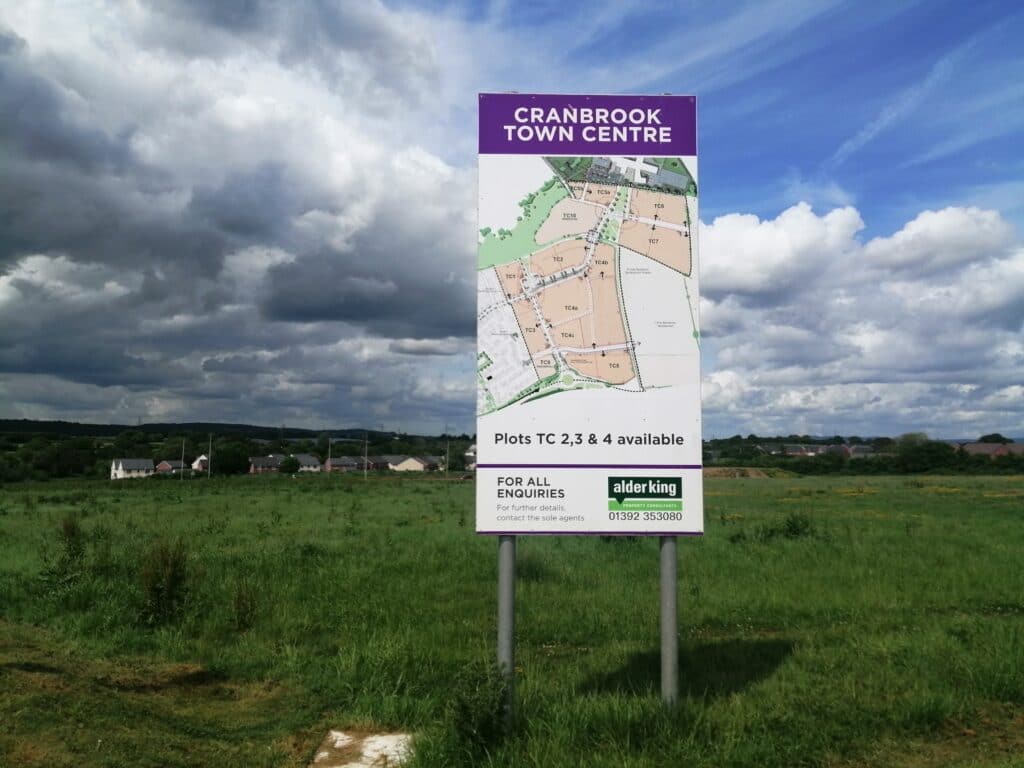
The first residents moved into the site in 2012 and as we walked through the town, it was clear there was a strong sense of community and vibrancy. Walking from the train station that was created as part of the development, with services running towards Exeter and London, there was a clear pathway through a country park towards the residential areas and leading into the town centre. The country park provides open green and blue space with easily accessible paths running throughout, seamlessly connecting the housing to nature. Another way Cranbrook has been planned sustainably, is through the investment in District Heating, which enables large-scale delivery of low/zero carbon energy. Although initially expensive, the profits are now reinvested in the town, and it is expanding further to use heat from a local energy from waste plant.
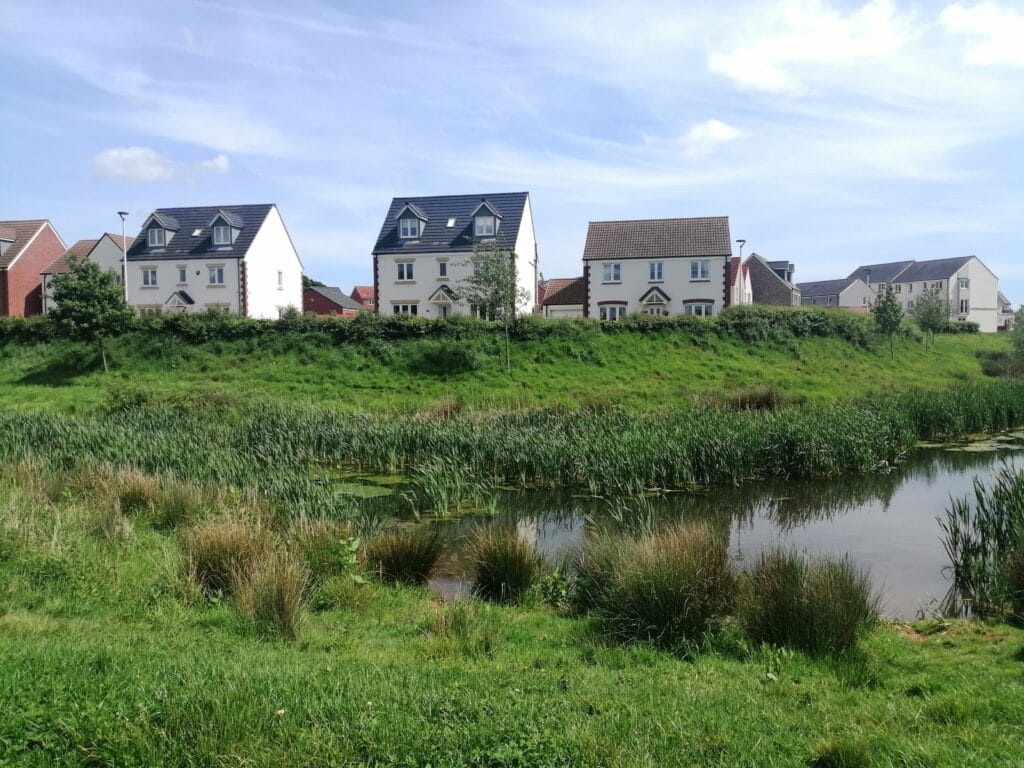

The first phase of the development is comprised of 30% affordable housing, whereas subsequent phases have only achieved 15%. The original Affordable by Design homes were scraped, as the council felt these were not healthy a size for people and growing families. All-through schools, on two separate campuses were built to accommodate the growing population and had the benefit of two grant systems being built on separate sites. Cranbrook has 3x the national average 0-4 years olds and 2x the national birth rate – whilst this is a common trend in new communities, it was essential that the council anticipated this with associated supportive infrastructure in place. In hindsight, the council admit they should have considered the stewardship of the town earlier. The original management company was deeply unpopular, and a charge is now attached to resident’s council tax bills instead.
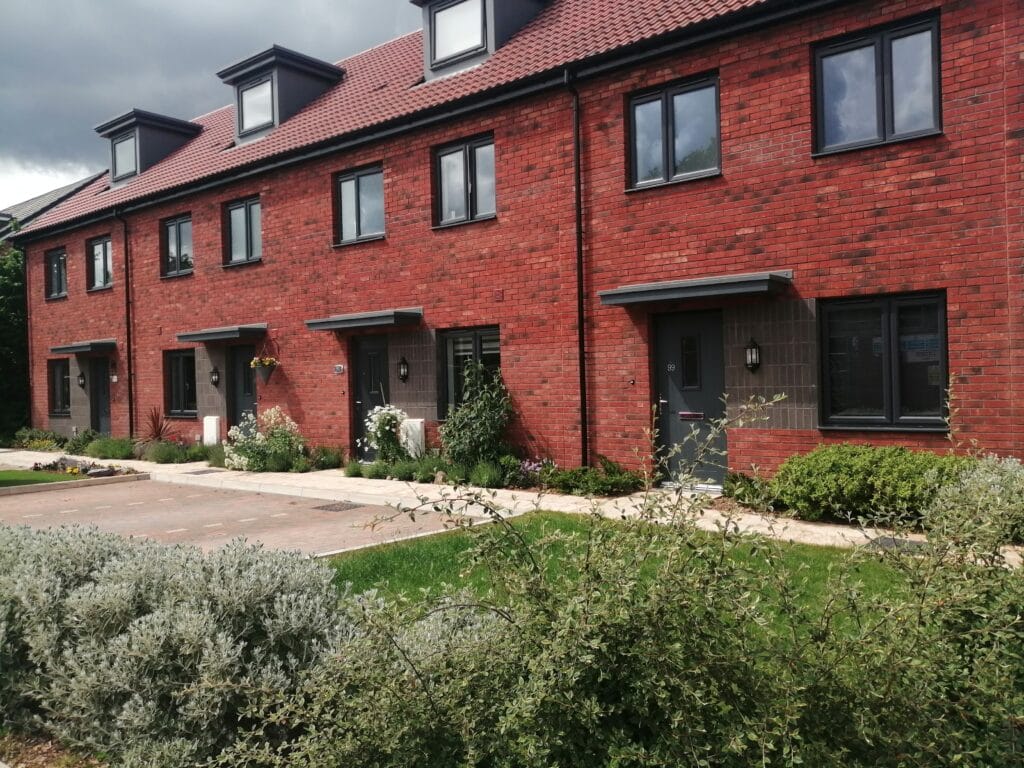
What are the key lessons?
1. Clarity of vision – the council had a very clear and consistent mission from conception through to delivery
2. Local leadership – it was essential to have both political and corporate support over the long term
3. Sustained financial support – from central government and locally was crucial
4. Beyond planning – the role of the council was far reaching
5. Understand the delivery model – realise that the developer led approach has limitations in terms of whole town building
6. Control of land is key – the council would have like to have this from the beginning, and for their next new town are looking to use CPO powers from the outset
7. Infrastructure-led approach – schools, the train station and district heating were installed early
8. Importance of master developer role
9. Mixed and balanced communities are hard to achieve – there will be conflict of interests when aiming to provide for everyone i.e. affordable housing vs. quality of life, in the case of the Affordable by Design scheme
10. Look forward and future proof – e.g. the district heating system was built to accommodate different sources of heat

